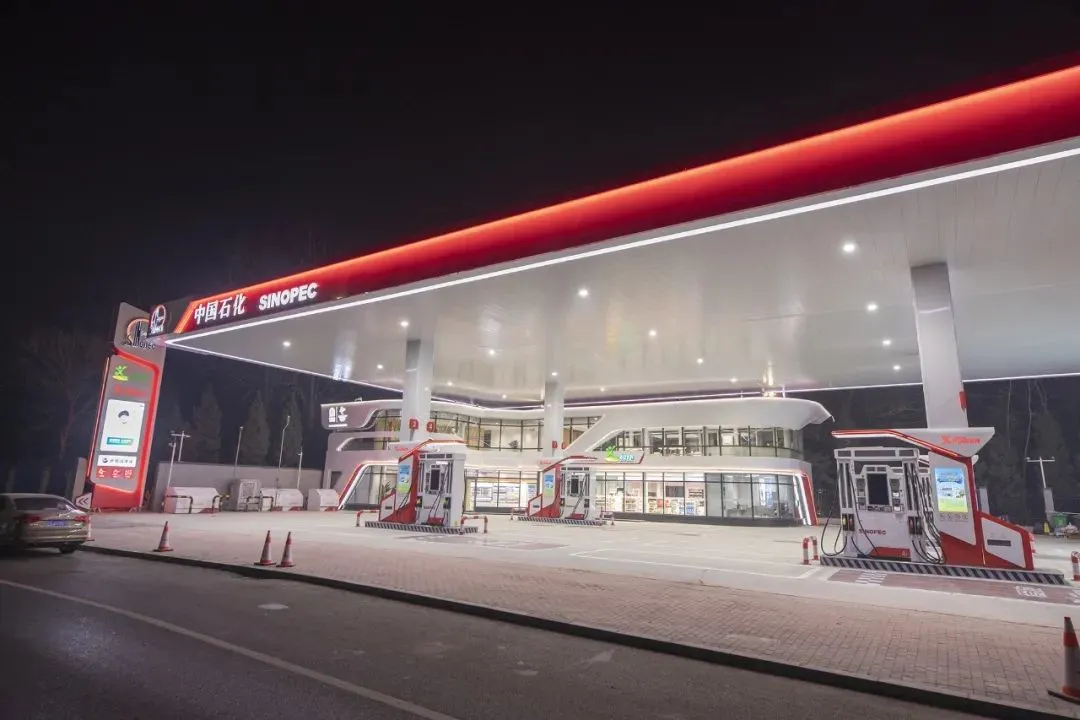With the rise in the market share of electric vehicles, there is also a surge in the demand for EV charging stations. In order to ensure sustainable and steady growth of electric vehicles, EV charging stations are the fundamental infrastructure that provides energy supply to these vehicles. Hence, a well-planned and scientific operational model is crucial for electric vehicle charging stations.
Many friends have been asking if investing in EV charging stations is profitable and what the profit models are.
Today’s article provides an in-depth understanding of how EV charging stations make money by summarizing 7 profit models. It aims to inspire and help everyone interested in this topic.
- Charging service fee
The most common way for EV charging stations to earn money is by charging service fees based on the amount of electricity used per KWh. However, the amount earned can vary depending on the policies of each country. It is important to pay attention to the usage rate of your charging station and its geographical location. A well-placed charging station can increase usage time and ultimately lead to higher profits.
- Government subsidies
Subsidy policies to support the development of new energy vary from country to country. Electric vehicle charging stations are also a part of this infrastructure, but the specifics of the subsidy policy depend on the local regulations. To gain a better understanding of the available subsidies for charging stations, one must familiarize themselves with the local policies.
- Combine with energy storage to reduce costs
The direction of charging stations must prioritize energy storage. Purchasing electricity from solar and wind power can reduce costs. Besides, Owning energy storage equipment can provide an opportunity to earn money through electricity price differentials. If you charge your energy storage device during off-peak hours, you can use the stored power when charging your customer’s electric vehicle during peak hours. This can help you save money on electricity bills and make the most out of your energy storage investment.
- Advertising
Print media advertising and LCD Big screen installations on charging piles have similarities with elevator advertising. However, they have specific geographical requirements and are suitable for areas with high traffic and hustle-bustle, like charging stations located at the entrance of a shopping mall or supermarket. It’s worth noting that print media advertising at charging stations is not applicable to all charging stations.
- Charging platform service
Creating your own platform may be a daunting task, but it offers significant benefits. For instance, by having your own charging management system and service platform, you can issue charging point cards to new energy vehicle owners, which enables them to settle related expenses and generate cash flow through prepayment. Additionally, the mobile app can provide high-quality customer information, increase customer retention by tracking charging time and calculating travel distance, and can also push advertising content and relevant services. However, it is important to note that this may require your charging station to have a certain scale or be part of a chain of charging stations. Alternatively, you may also support access to charging locations of other charging station companies to earn service fees.
- Value-added services
Charging stations can offer various value-added services in addition to basic charging facilities. By providing such services, the stations can increase their profits significantly. For instance, self-service car washing facilities can be set up to cater to car owners while they wait for their vehicles to charge. Moreover, since fast charging takes between 10-30 minutes, it would be practical to offer additional amenities such as catering and convenience stores. This approach is similar to the existing model of traditional gas stations.
- Mobile Charging Station
This mobile charging service is designed to cater to a radius of 50 kilometers and can offer charging services to both individuals and fleets. Essentially, it involves combining energy storage with charging piles and then using artificial intelligence to automatically move the charging unit to a tram that requires charging or manually driving it to the location.
Write at the end
Currently, there are no successful examples in the world that can be used as a reference for the profit model of charging stations. However, it’s important to note that there is no single giant that monopolizes the market, which means that there are opportunities for private enterprises and individual investors. A hundred flowers bloom and a hundred birds sing, meaning that whoever has a better model can penetrate a large market with small capital.
It’s worth mentioning that the profitability of charging stations is affected by various factors, ranging from the initial site selection to the operation. In addition to the 7 types of profit models mentioned above, are there any other new ways that you think charging stations can be profitable? Feel free to leave a message and discuss this in the comment section.
Please note that this article is not intended to provide investment advice.
Author: By Hoston Energy.




